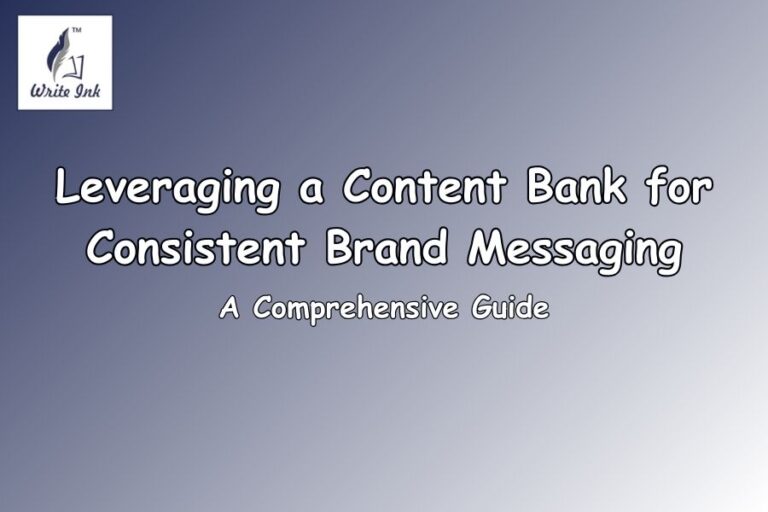7 Essential Elements of Effective Website Content: A Complete Guide
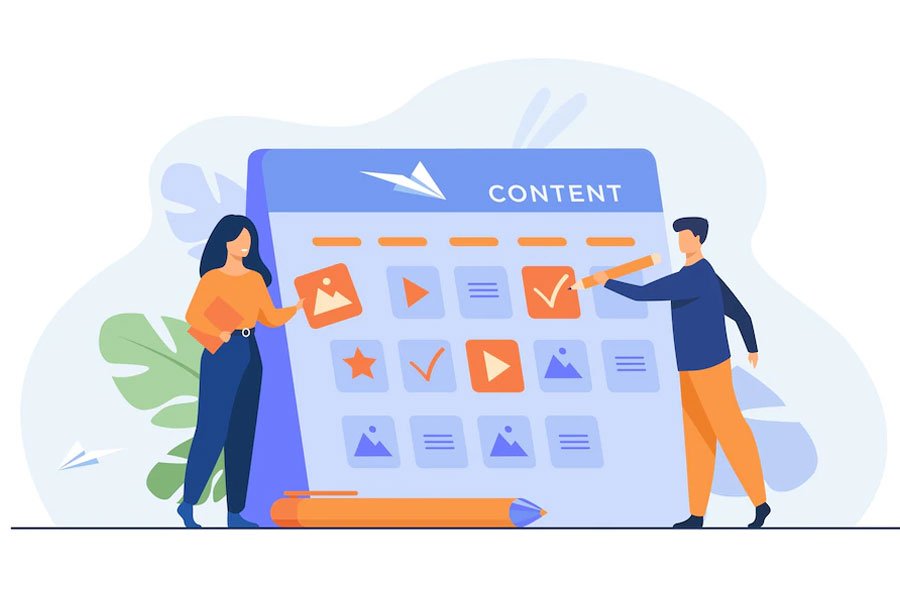
Introduction
What is the one thing that will ensure you 24/7 x 365 days exposure for your Brand?
What will give you the maximum return on Investment in terms of Marketing Investment?
What will help you change the perception of your Brand from “one of those” to “the best one”?
The answer to all of these is a Website.
A website constitutes an invaluable asset for any business or organisation, functioning as a virtual storefront, representing your brand and captivating your potential clients or customers.
However, developing a website for the sake of it without investing considerable thought and effort in its creation will render it nearly useless. You need to remember that in this vast landscape of the internet, countless businesses are competing for the attention of your target audience. Therefore, to effectively leverage website content marketing, you need to set yourself apart from the crowd with a well-crafted website that is aesthetically pleasing, engaging, interactive and curated specifically for your target audience. You may even attract potential investors to your business by communicating your company’s value proposition, growth potential and credibility through a professionally designed, compelling and informative website.
To create an exceptional and immaculate website, you must understand the factors that will enable you to leave a lasting impact on the minds of visitors and inspire them to take action. In this blog, we will delve into the seven essential elements that contribute to a high-performing website, plus a bonus tip that will transform your website into a powerful tool for success. Get ready to create a website content strategy that will resonate with your target audience, optimise your online presence, boost engagement, help you achieve your business objectives and align with your brand profiling and overall branding content strategy.
Understanding Your Target Audience

The first step of every content creation process is thoroughly understanding your target audience. This initial step becomes all the more important for websites because you not only need to attract visitors but also retain their attention, keeping them engaged as they browse through your site. By knowing your target audience’s personality traits, needs, challenges, interests, preferences and aspirations, you can tailor your website’s content, design and functionality to meet their expectations, establish a deeper connection and aptly address their pain points. It will also help you create content that will resonate with the intended users, positioning your website as a valuable resource and leading to increased engagement, conversions and overall success.
Here are some tips to gain a deep understanding of your target audience before diving into the creation of your website –
- Conduct in-depth market research: Utilise tools like surveys, questionnaires, interviews, social media and analytics data to gather insights and analyse your target audience’s demographics, psychographics, pain points, needs, behaviour patterns and content preferences.
- Identify demographics such as age, gender, location and profession of your target audience.
- Dig into their psychographic information like values, interests, hobbies and motivations.
- Find out the challenges faced by your audience and ascertain how your products or service will provide solutions. Addressing their pain points will help you build trust and credibility.
- Determine the tone and writing style that aligns with your audience’s preferences, expectations and inclinations. For example, a tech-savvy or young audience would favour a casual, informal, fun and conversational tone. A professional and experienced audience, on the other hand, would incline towards a formal, authoritative, confident and knowledgeable approach.

- Create a brand consumer profile: Based on the results of your market research, develop detailed buyer personas of your ideal customers representing the different segments of your target audience. Incorporate all the specifics and intricacies like characteristics, motivations, pain points, goals and preferences. Doing this will enable you to look at things from your audience’s perspective and craft content that speaks to each segment directly and effectively, engaging them and driving the desired action. Such a targeted approach will result in increased brand awareness and more conversions. For example, an e-commerce website selling stylish athletic shoes whose target audience consists primarily of young adults who value comfort, performance and looks will create content highlighting their latest shoe technologies, comfort features, fashionable designs and trendy approach.
- Contemplate and integrate user queries/concerns: Anticipate questions and concerns your audience may have and provide relevant information to address them in an engaging and impactful way through SEO blog topics.
Understanding your target audience is an ongoing process that demands consistent monitoring, analysis, and modification. It’s imperative to frequently review analytics data, conduct user testing, and gather feedback to keep up with your audience’s evolving needs and preferences.
Conducting Keyword Research for SEO Optimization
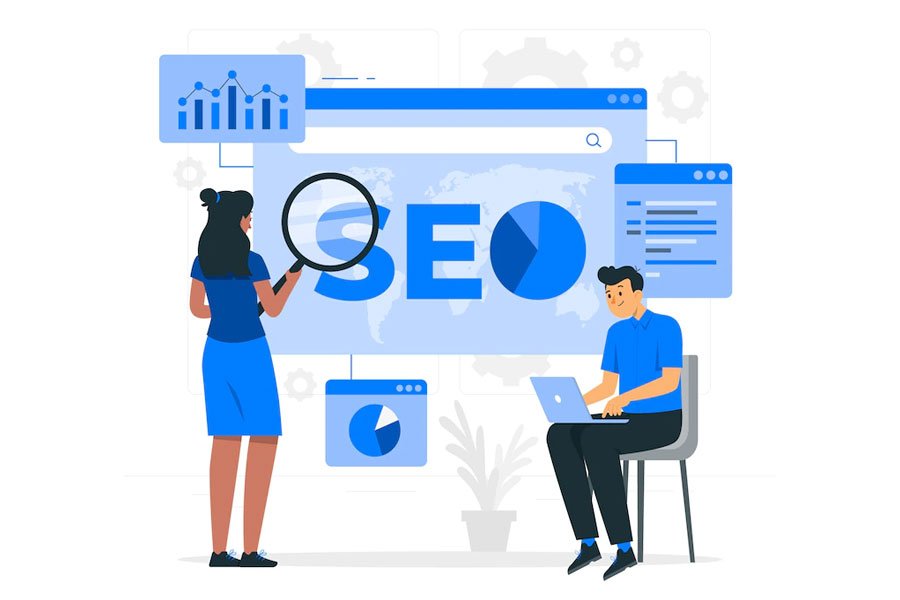
It’s no secret that Search Engine Optimization (SEO) is instrumental in driving organic traffic to your website. Website content and SEO are interdependent in optimising your content for search engines and increasing your website’s visibility. Therefore, keyword research for SEO optimisation is the 2nd vital step in building an effective website.
Keyword research involves identifying the specific words, terms and phrases your audience types in the search engines while searching for relevant information, products, services or other content related to your business or industry. It enables you to understand what your target audience is looking for and how they attempt to find it so you can align your website content with their search intent.
Here’s a systematic step-by-step SEO content checklist that you can follow to conduct successful keyword research:
- Determine your website’s goals: Before you begin the keyword research, understand your objectives and the desired actions you want your website’s visitors to take. Identifying whether you’re looking to drive sales, generate leads or offer valuable information is the key that will guide your keyword research process.
- Brainstorm seed keywords: Start by contemplating and forming a list of seed keywords relevant to your business or industry. These are baseline short-tail keywords (usually containing one or two words) that broadly describe the products, services, or topics of interest most relevant to your industry. You can use these seed keywords as a starting point in your research to unlock more keywords.
- Utilise keyword research tools: Leverage SEO content tools and keyword research tools like Google Keyword Planner, Google Trends, Semrush or Moz Keyword Explorer to find popular keywords and phrases related to your industry that have a high search volume and align with your business and branding content strategy. These tools provide valuable insights into search volume, competition, and related keywords. You can also use them to identify gaps and opportunities by tracking down high-traffic but low-competition keywords.

- Focus on long-tail keywords: Consider targeting long-tail keywords (phrases containing three or more words) that are more specific to your niche and audience. These keywords are less competitive and often have higher conversion rates as they indicate more specific search intent. For example, a footwear company can target “best running shoes for women”. An online yoga classes website can include “beginner yoga classes at home” to attract a more specific and relevant audience. Strategically incorporating long-tail keywords that exhibit significant search volume in your content, landing pages, and SEO blog articles will substantially boost your chances of ranking higher in search engine results.
- Analyse keywords targeted by your competitors: Examine the websites of your competitors to gain insights into their SEO content strategy and find keywords that they are targeting successfully but you may have overlooked. A competitive analysis will also help you discover untapped keyword opportunities your competitors might have failed to locate.
- Understand the search intent behind every keyword: Pay attention to the intent behind every keyword to understand what your users are searching for – are they seeking information, planning a purchase or looking for a solution? Once you determine whether your users’ intent is informational, navigational, or transactional, use this understanding to align your keywords with their intent and create content that matches their expectations.
- Assess keyword difficulty: Evaluate the competition level for different kinds of keywords. Look for and incorporate keywords with a reasonable search volume and lower competition to maximise your chances of ranking higher.
- Don’t forget local keywords: Local businesses with physical storefronts or local service areas must incorporate location-specific keywords to target the users in those areas, especially while writing local SEO blogs.
- Frequently revisit your SEO content template: Keywords trends and user search behaviours keep evolving. Therefore, you must regularly review your keyword strategy, update it and modify your content to stay relevant in the competitive landscape.
Incorporating the keywords you’ve found by following the above steps strategically in your website content writing template and page titles, headings, meta descriptions and content throughout your website will help you to
- Improve your organic search rankings, resulting in increased visibility and traffic from search engines.
- Attract targeted traffic through visitors who are especially interested in your offerings.
- Create valuable and informative content that addresses your target audience’s needs, pain points and aspirations, building stronger trust and connection.
- Refine the content creation process by understanding the context of your content and its perception by the audience.
- Have a competitive advantage by using keywords that your competitors don’t use and unique variations that set you apart.
- Enhance the overall user experience of your website by ensuring that the users can find the information they seek quickly and easily.
Crafting Attention-Grabbing Headlines
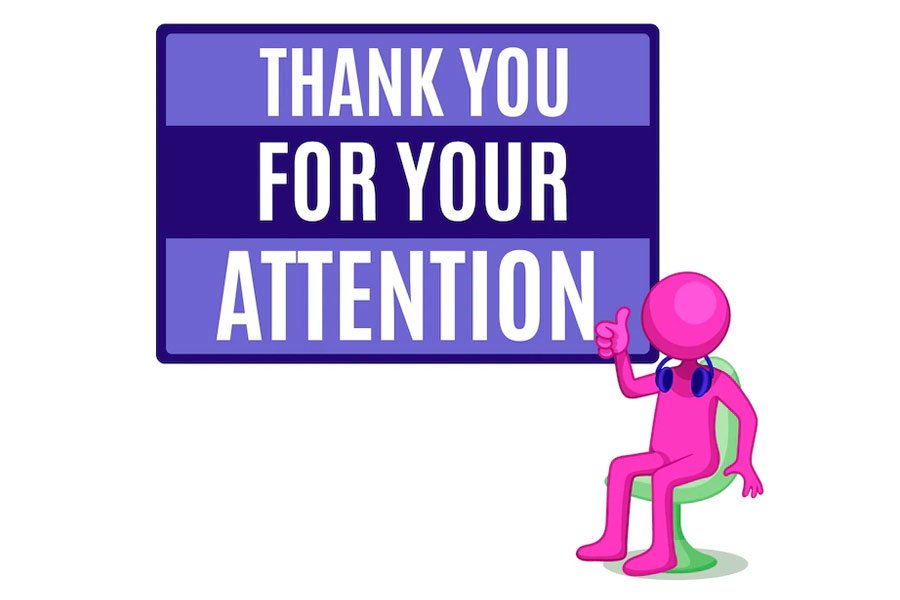
The saying “first impression is the last impression” is especially accurate when it comes to website content, in the digital realm, where users are inundated with information, a well-crafted and compelling headline serves as a hook that instantly captures the reader’s attention and entices them to explore your website further. Your website’s headlines are the gatekeepers that will determine whether the visitors will stay or leave.
As the first element users see while browning, a compelling headline should be concise and intriguing, setting the tone for the rest of your content and effectively conveying the value your content offers. It should also include relevant keywords to improve search engine visibility.
Here are some strategies you can use as a website content writer to create impactful and captivating headlines:
- Tailor your headlines to resonate with your target audience’s interests, needs, and pain points.
- Keep your headlines short, concise and easily scannable since longer headlines often get truncated in search results. Try to make the most impact with the fewest words.
- Convey through the headline what your content offers and make it relevant to your target audience’s needs. Emphasise the benefits, solutions, value or outcomes to highlight what the reader will gain by reading the content and engaging with your website.
- Tap into your audience’s emotions by incorporating emotional triggers in your headlines. These can include descriptive and persuasive words that evoke joy, fear, curiosity, or surprise. Use strong verbs or power words like ultimate, essential, proven, exclusive, free, limited, new, save, sale, bargain, etc.
- Use headline techniques that pique curiosity and make users want to learn more. Pose a thought-provoking question that resonates with your audience’s pain points, present a surprising statistic, or hint at a secret or revelation. For example, a headline like “Are You Making These Common Website Mistakes?” sparks curiosity and promises to deliver valuable content that aligns with the reader’s interest.
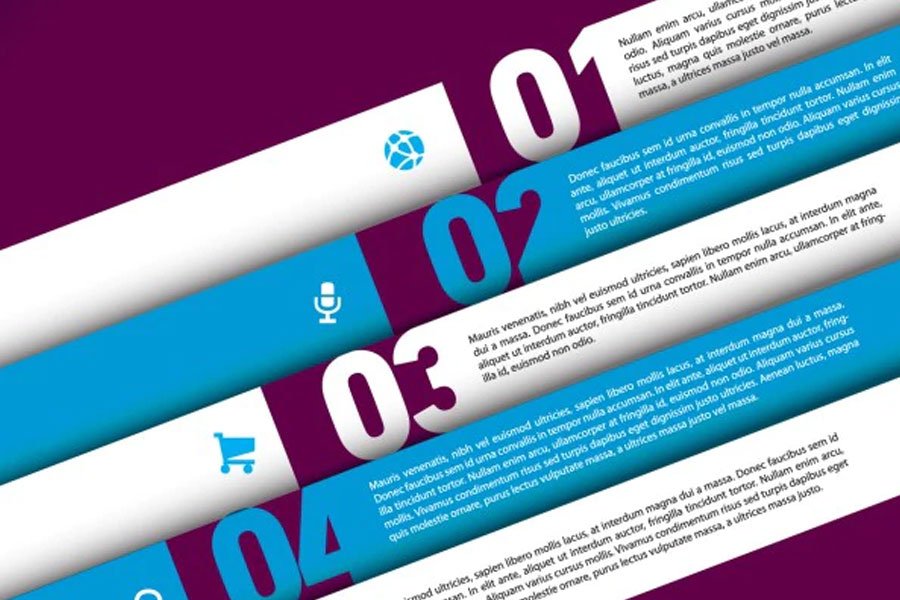
- Incorporate numbers or indicate lists in your headlines, as they tend to attract attention by promising a clear structure or steps of actionable information. For example, “5 Proven Strategies to Boost Your Website Traffic” and “7 Tips to Boost Immunity in Winters”.
- Experiment with different headline formulas and variations and measure their performance to determine what resonates best with your audience and drives higher click-through rates. Test different styles, lengths and tones to make your headlines stand out and optimise engagement.
- Continue to monitor the performance of your headlines consistently, analyse user engagement metrics, and adapt your approach based on audience feedback and behaviour.
Compelling headlines raise the odds of visitors staying to read your content and engaging further with your website, leading to higher traffic, increased click-through rate (CTR) and more potential conversions. Additionally, scroll-stopping headlines are more likely on social media platforms, naturally expanding your reach and attracting new visitors to your website. That said, you must deliver the promise you made in the headline through the main content without fail. Misleading or clickbaity headlines can endanger your website’s credibility and audience’s trust in your brand, causing a higher bounce rate.
Writing Compelling and Engaging Copy

Now that you’ve successfully hooked your website’s visitors with an enticing headline, it’s time to keep them engaged with engrossing and evocative content. A thoughtfully curated, engaging and well-written copy is a fundamental aspect of SEO content writing that facilitates strategic content creation, helps maintain the readers’ interest, increases time spent on the website and ultimately drives conversions. Therefore, every strategic content writer must also master the skill of effective copywriting.
Here are some tips for writing compelling and high-quality for your website:
- The prerequisites: Before you start writing, gain a profound understanding of your target audience, the purpose of your copy and the desired action you intend to encourage in your readers.
- Unique selling proposition (USP): Distinctly articulate and express the unique value offered by your product, service or content and how it provides solutions to your audience’s pain points. Differentiate yourself by highlighting the features, benefits and advantages that set you apart from your competitors.
- Storytelling: Weave narratives and blend anecdotes into your copy to make it relatable, memorable, and emotionally engaging. Tell stories that resonate with your audience and leave a lasting impact on their minds to initiate a deep connection and reinforce your brand message. Create descriptive imagery that illustrates how your product or service solves their problems or fulfils their desires.
- Social proof: Provide evidence of your claims through testimonials, user reviews, user-generated content (UGC) and case studies that build trust and credibility.

- Tone and language: Maintain a conversational tone and persuasive language while addressing your audience’s pain points and offering solutions or advice. Steer clear of complicated jargon or overly technical language that might alienate or confuse the audience, causing them to lose interest. Write in a friendly and approachable manner, using inclusive language. Retain your brand voice throughout the copy.
- Benefits over features: Instead of simply listing your offering’s features, highlight its benefits to guide your audience towards the desired action. Flesh out the various details about how it solves problems, improves lives, and fulfils specific needs. Showcase real-life examples or situations of your offering solving the challenges faced by your target audience, clearly demonstrating its value.
- Call-to-Action (CTA): Guide your audience towards the desired action using clear and persuasive calls to action throughout your content.
- Polishing, perfecting and iterating: Once you’re done writing the copy, spare enough time to edit and proofread it thoroughly. After it’s published on the website, keep track of its performance, engagement metrics, conversion rates and audience feedback/reaction. Don’t hesitate to modify and optimise the copy to achieve better results.
These tips can also yield great results for SEO blog writing and blog content planning. Remember – a copy must communicate your message effectively and distinctively to influence the website visitors and drive conversions.
Incorporating Visuals and Multimedia Elements

Have you heard of the term ‘web 3.0 content’? Web 3.0 refers to the next generation of the internet that aspires to deliver a more immersive, interactive, and decentralised online experience personalised to the user. A website curated in alignment with Web 3.0 principles goes above and beyond static web pages to effectuate a higher level of interactivity through dynamic features allowing the users to actively engage with the content and contribute to shaping the online experience.
Humans are visual creatures. Moreover, with their limited attention spans, incorporating eye-catching visuals and striking multimedia elements has become vital to add depth and enhance a website’s effect, user experience and engagement. Visuals constitute the key to captivating and retaining your audience’s attention, conveying information more engagingly, evoking emotions and expanding the reach massively. Whether it’s images, videos, infographics, or interactive elements, visuals help break the monotony of text, making your content more aesthetically pleasing, memorable and shareable.
Let’s look at some ways you can incorporate visuals and multimedia elements into your website content:
- Relevant and high-quality visuals: Select high-resolution visuals such as images, infographics, and relevant videos to your written content, communicate your message effectively and align with your brand’s visual identity.
- Leverage data visualisation: Utilise data visualisation to present complex information in a visually appealing and easy-to-understand format. It will enable your audience to grasp key points quickly, improving their comprehension and retention of your message. Infographics lead to extensive shares, increase engagement and even attract backlinks, increasing your website’s visibility and reach.

- Videos and Animations: Incorporate videos or animations to explain services, demonstrate product features, provide tutorials, share testimonials, or tell stories. Engaging and educating your audience through videos will keep visitors on your site for a longer duration, boost your engagement rate and increase the chances of your content getting shared across different social media platforms.
- Slide presentations and galleries: Display your products, portfolio, important information or in-depth insights on specific topics using interactive slide presentations or image galleries, allowing your audience to browse through the visuals quickly and effortlessly.
- Interactive elements: Implement interactive elements like quizzes, surveys, sliders or calculators to engage your audience and encourage active participation.
- Visual hierarchy: Use proper formatting, font sizes, and colour schemes to create a visual hierarchy that centres the readers’ attention on the elements you wish them to focus on.
- Optimise for performance: Optimise the multimedia elements on your website for quick web loading speeds and seamless user experience by compressing images and videos without compromising quality.
- Ensure accessibility: Your visuals must be accessible to all users. Provide alternative text descriptions for images and captions for videos. Consider colour contrast for users with visual impairments.
- Test, analyse and modify: Monitor the performance of your visuals by tracking engagement metrics like click-through rates or time spent on pages with visuals, to understand their impact and make improvements.
Strategic use of visuals and multimedia elements will help you break up blocks of text to make the content more digestible, reinforce the ethos of your brand and create emotional connections with the audience.
Optimising Website Content for Mobile Devices
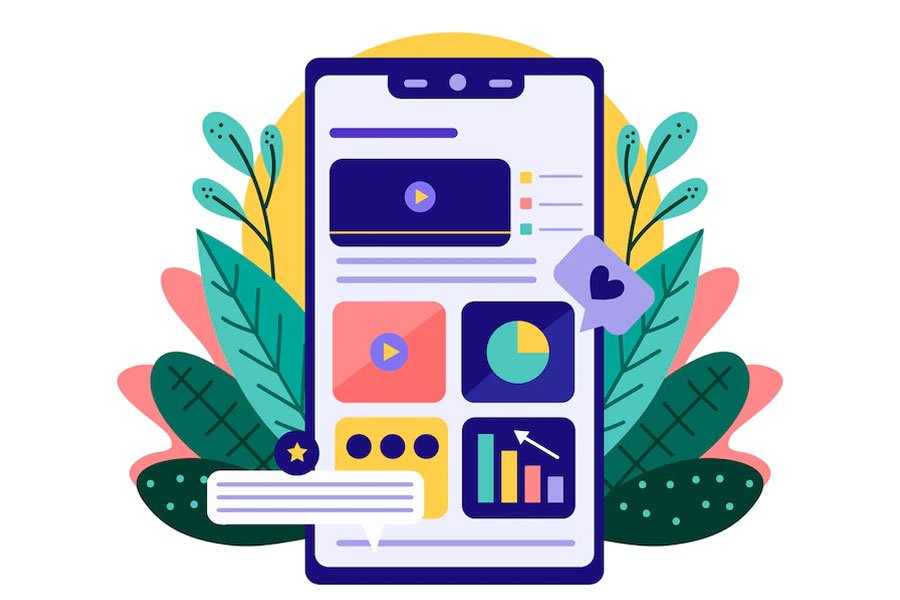
In the busy lives of modern times, most internet users access websites through their smartphones and tablets. Therefore, optimising your website content format for a smooth and flawless mobile browsing experience has become a non-negotiable necessity. Poor mobile experience with slow-loading pages and truncated website displays can frustrate mobile users, leading to higher bounce rates.
Here’s how to optimise your website content to make it mobile-friendly:
- Implement a responsive design that automatically adjusts your website layout and content, seamlessly adapting to different devices, screen sizes and resolutions.
- Optimise images and other media files for mobile viewing to ensure faster loading times. Minify code and leverage caching to improve your website’s loading speed.
- Simplify navigation for mobile users, ensuring that menus and buttons are intuitive and easy to tap on smaller screens with a thumb or finger. Consider implementing a hamburger menu or sticky navigation bar that is easily accessible, allowing users to find the information they need quickly. Refrain from opting for scrolling or complicated dropdown menus.
- Make your text legible on smaller screens through readable font size and appropriate line spacing. Mobile users tend to have shorter attention spans, so it’s essential to present your content clearly and concisely. Break up content into shorter paragraphs, bullet points and headings to make it easier to read and scan on mobile devices.
- Confirm that buttons, links, and other interactive elements are large enough and spaced appropriately to accommodate touch gestures.
- Avoid pop-ups since they can be noticeably more intrusive on mobile devices. If you use them, ensure they are optimised for mobile screens and are easy to dismiss so they don’t distract the visitors from the actual website content.
- Test your website’s mobile experience across various devices to ensure a seamless user experience.
Optimising your website for mobile will not only upgrade the user experience but also contribute significantly to higher search engine rankings.
Implementing a Clear and User-Friendly Website Structure

You must implement a well-organised and user-friendly website content structure to guide the visitors towards the information they seek, keeping them engaged and satisfied. Doing this will facilitate easy navigation, enhance the user experience, encourage longer-duration visits and boost conversions.
Consider the following tips and strategies while structuring your website:
- Organise your website’s pages and content into logical categories and subcategories, starting with broad categories and drilling down into subcategories.
- Design and implement a user-friendly and intuitive navigation menu that is easy to understand and consistent across all pages.
- Maintain a consistent layout throughout your website, including headers, footers, and sidebars, making it easy for the users to familiarise themselves with your site’s structure.
- Use clear and descriptive category names for menu items that accurately represent the content within and are accessible from every page.
- Break down complex information into digestible chunks to help the readers find what they’re looking for quickly and effortlessly. Use headings, subheadings, and bullet points to break up text and create a hierarchical structure that makes your content easily scannable.
- Integrate a search bar functionality to make it easier and quicker to locate specific content by entering relevant keywords. The search feature must be prominent and provide accurate results.
- Incorporate breadcrumbs on your website to provide users with clear navigation paths and context, allowing them to navigate back to the previous pages, main category or home page without losing their content.
- Include internal links within your website by linking related articles or pages using anchor text. This would not only assist navigation but also help SEO by establishing link equity throughout your website.
- Create and submit an XML sitemap to search engines to help them grasp your website’s structure. A sitemap will ensure all your website’s pages are indexed and easily discoverable.
You must provide a seamless and pleasant browsing experience to your website’s visitors by making its structure clutter-free and intuitive.
Bonus: Tracking and Analysing Website Content Performance
![]()
Creating effective website content is an ongoing process that requires continuous improvement and optimisation. Tracking and analysing website content performance is key to measuring its effectiveness, understanding what works and identifying what needs further improvement. Here’s a content audit checklist and some essential steps for the content audit process –
- Utilise web analytics tools like Google Analytics to track important metrics such as page views, bounce rates, average time on page, and conversion rates. Analyse this data for content quality audit to evaluate your content performance, identify patterns, understand user preferences, and make data-driven decisions for optimising your content strategy.
- Define specific goals you aim to achieve through your website and assign corresponding conversion goals within your analytics tool.
- Specify the Key Performance Indicators (KPIs) that align with your business goals, such as the number of page views, time on page, bounce rate, and conversion rate. Monitor these metrics regularly to gauge your content’s success.
- Monitor user behaviour, such as the pages they visit most frequently or the paths they take through your website. This data will enable you to discover content gaps, areas of improvement, and opportunities for better engagement.
- Track where your website traffic is coming from – organic search, social media, referrals, etc. Knowing traffic sources can guide your marketing efforts and help you allocate resources effectively.
![]()
- Implement conversion tracking to calculate the success of your website in driving desired actions, such as purchases, sign-ups, or form submissions. This allows you to identify areas of improvement in your conversion funnel.
- Use heatmap tools to analyse the user’s flow across your website, from landing pages to conversion actions, and understand how they interact with your website. Heatmaps offer valuable information about where users click, scroll, and spend the most time. Use these insights to identify areas of improvement – any bottlenecks or areas which may have a higher bounce rate or low engagement. Update and improve those pages to drive better results.
- Conduct A/B testing to compare different versions of your content and determine which resonates best with your audience. Experiment with variables like headlines, calls-to-action, layouts, or visuals to optimise your content for maximum impact.
- Employ surveys, feedback forms and social media listening to gather user feedback about how your content is perceived and what more you can do to meet the users’ expectations.
- Generate regular reports to appraise the performance of your website content. Search for trends, patterns, and opportunities for improvement to refine your content strategy and deliver an exceptional user experience.
By monitoring key metrics and conducting a content audit for website, you can gain valuable insights into user behaviour and make informed data-driven decisions to optimise your content strategy.
Conclusion
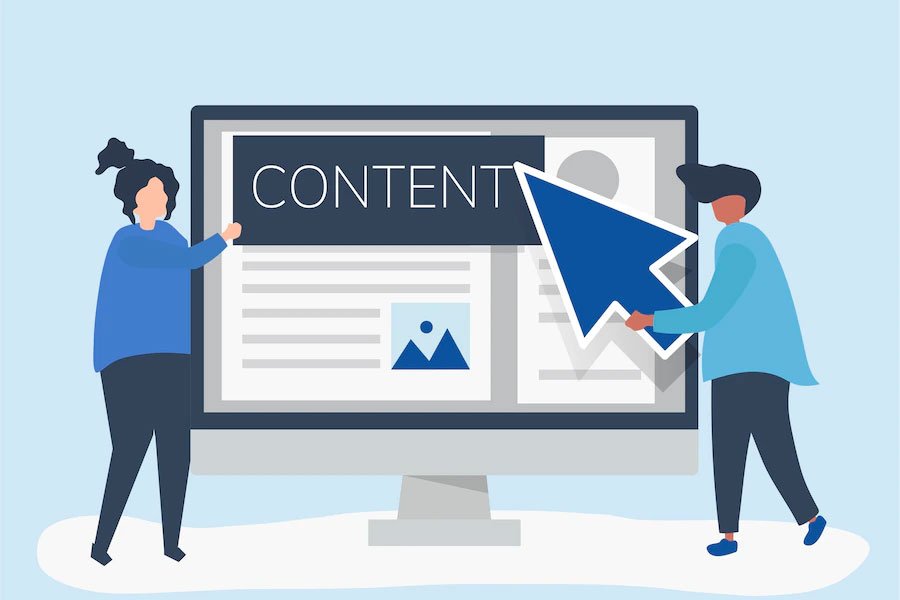
Your website functions as an essential instrument to bolster your online presence, attract and engage your target audience, make an impact, build credibility, establish brand awareness, drive conversions and achieve the online objectives of your business or organisation. Creating effective website content is a multifaceted and ongoing process that necessitates careful planning, attention to detail, and constant monitoring, analysing and optimising based on data-driven insights and user response/ feedback. You must persistently evaluate and refine your strategy and approach to meet the evolving needs and preferences of your target audience and stay relevant in the dynamic virtual world.
Remember – a website is a powerful tool and a game-changing catalyst for marketing your business that can make or break your brand image. So, don’t refrain from investing in professional website content services to create a captivating and engaging website that resonates with your target audience and delivers exceptional user experience. Rest assured; such an investment will yield abundant returns for your brand and business.
Image Source: Freepik.com




